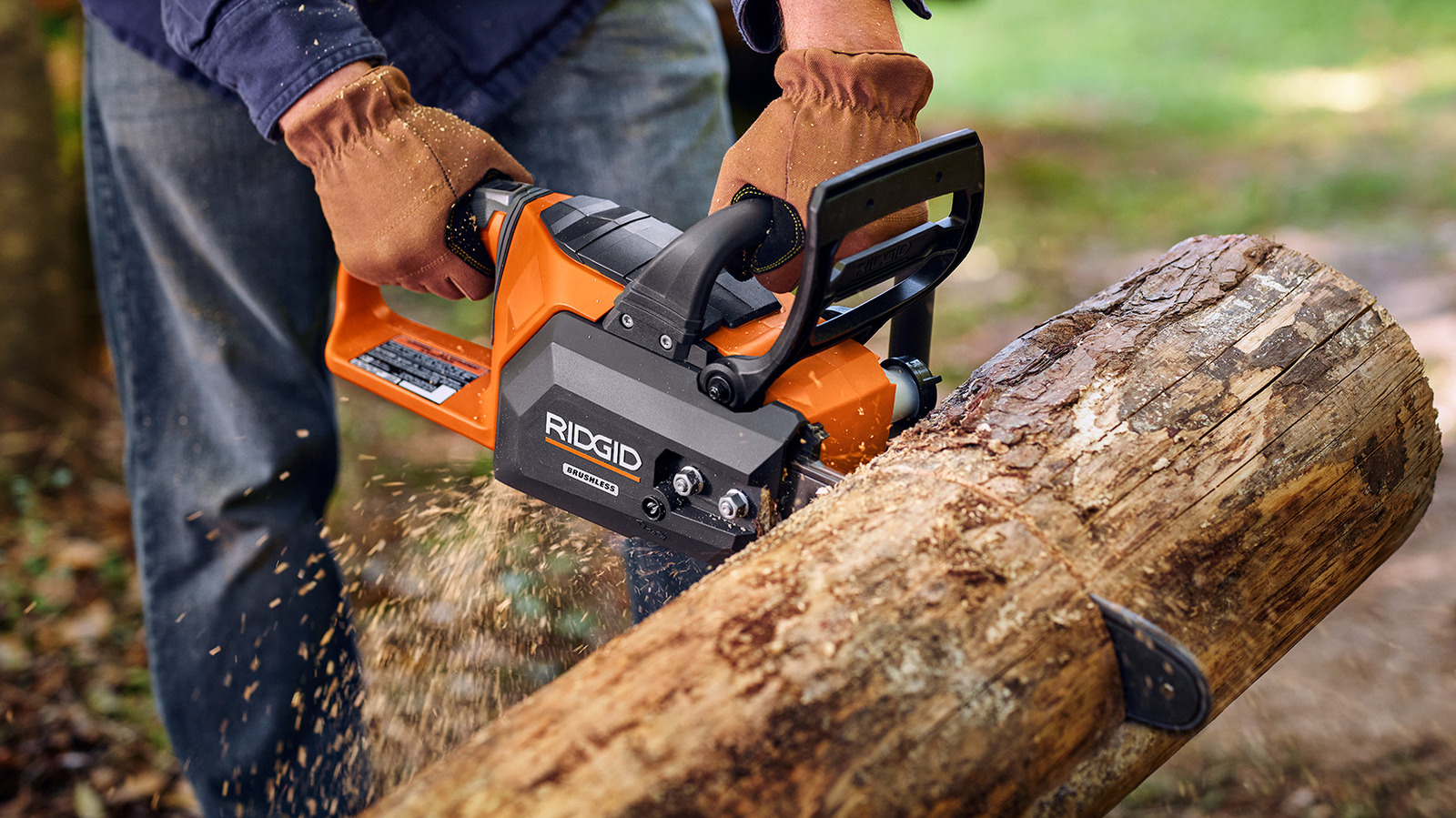Choosing the Right Wood for Construction: A Guide for Developers
Wood remains a popular and versatile material in construction, offering a blend of strength, aesthetics, and sustainability. However, the sheer variety of wood species available can be daunting, especially for developers navigating the complexities of project planning and SEO (search engine optimization). This guide aims to illuminate the key factors to consider when selecting wood for your next construction project, improving your content marketing efforts by providing valuable, expert insights. Understanding Wood Properties The suitability of a particular wood species depends heavily on its properties. Key factors include: Strength: Different woods possess varying levels of tensile, compressive, and shear strength. Hardwoods generally exhibit higher strength than softwoods, but this isn't always the case. Specific applications, like load-bearing beams versus decorative trim, will dictate required strength levels. Durability: Resistance to decay, insect infestation, and weathering is crucial. Heartwood, the inner, darker portion of a tree, typically offers superior durability. Treatments like pressure-treating can enhance durability in softer woods. Workability: How easily the wood can be cut, shaped, and finished influences both construction time and cost. Some woods are notoriously difficult to work with, requiring specialized tools and expertise. Appearance: Aesthetic preferences often play a significant role. The color, grain pattern, and texture of the wood contribute to the overall visual appeal of the finished structure. Consider the project's architectural style when making your selection. Sustainability: Increasingly, developers are prioritizing sustainable building materials. Look for wood certified by organizations like the Forest Stewardship Council (FSC), ensuring responsible forest management practices. Common Wood Species Used in Construction Several wood species commonly feature in construction projects. Their suitability varies depending on the intended application: Softwoods (e.g., Pine, Fir, Spruce): Generally less expensive and easier to work with, ideal for framing, sheathing, and less demanding applications. Their lower density might necessitate larger dimensions for load-bearing purposes. Hardwoods (e.g., Oak, Maple, Cherry): Known for their strength, durability, and aesthetic appeal. Often used in flooring, cabinetry, and high-end interior finishes. Higher cost and increased difficulty in working with hardwoods should be factored in. Engineered Wood Products (e.g., Plywood, Laminated Veneer Lumber (LVL), Oriented Strand Board (OSB)): Manufactured from smaller pieces of wood, these products offer consistent properties and often higher strength-to-weight ratios compared to solid lumber. They are frequently used in framing, sheathing, and other structural elements. SEO and Content Marketing Implications By understanding the properties and applications of different wood species, developers can make informed decisions that directly impact the success of their projects. This knowledge allows for: Optimized Project Budgeting: Selecting the right wood avoids costly mistakes and material waste. Improved Project Timeline: Knowing the workability of a wood type streamlines construction. Enhanced Marketing Materials: Highlighting the sustainable and high-quality materials used in a project enhances its appeal to potential buyers or investors. Effective content marketing strategies can showcase this. Using relevant keywords like "construction lumber," "sustainable building materials," and "engineered wood" in your project documentation and marketing materials can significantly improve your search engine optimization (SEO) and attract potential clients. Strong Conclusion Selecting the right wood for construction is a critical decision impacting cost, durability, aesthetics, and sustainability. By carefully considering the properties of different wood species and employing informed decision-making processes aligned with SEO and effective content marketing, developers can ensure project success and build structures that are both functional and visually appealing. Remember to factor in long-term costs, maintenance requirements, and the overall environmental impact of your material choices.

Wood remains a popular and versatile material in construction, offering a blend of strength, aesthetics, and sustainability. However, the sheer variety of wood species available can be daunting, especially for developers navigating the complexities of project planning and SEO (search engine optimization). This guide aims to illuminate the key factors to consider when selecting wood for your next construction project, improving your content marketing efforts by providing valuable, expert insights.
Understanding Wood Properties
The suitability of a particular wood species depends heavily on its properties. Key factors include:
- Strength: Different woods possess varying levels of tensile, compressive, and shear strength. Hardwoods generally exhibit higher strength than softwoods, but this isn't always the case. Specific applications, like load-bearing beams versus decorative trim, will dictate required strength levels.
- Durability: Resistance to decay, insect infestation, and weathering is crucial. Heartwood, the inner, darker portion of a tree, typically offers superior durability. Treatments like pressure-treating can enhance durability in softer woods.
- Workability: How easily the wood can be cut, shaped, and finished influences both construction time and cost. Some woods are notoriously difficult to work with, requiring specialized tools and expertise.
- Appearance: Aesthetic preferences often play a significant role. The color, grain pattern, and texture of the wood contribute to the overall visual appeal of the finished structure. Consider the project's architectural style when making your selection.
- Sustainability: Increasingly, developers are prioritizing sustainable building materials. Look for wood certified by organizations like the Forest Stewardship Council (FSC), ensuring responsible forest management practices.
Common Wood Species Used in Construction
Several wood species commonly feature in construction projects. Their suitability varies depending on the intended application:
- Softwoods (e.g., Pine, Fir, Spruce): Generally less expensive and easier to work with, ideal for framing, sheathing, and less demanding applications. Their lower density might necessitate larger dimensions for load-bearing purposes.
- Hardwoods (e.g., Oak, Maple, Cherry): Known for their strength, durability, and aesthetic appeal. Often used in flooring, cabinetry, and high-end interior finishes. Higher cost and increased difficulty in working with hardwoods should be factored in.
- Engineered Wood Products (e.g., Plywood, Laminated Veneer Lumber (LVL), Oriented Strand Board (OSB)): Manufactured from smaller pieces of wood, these products offer consistent properties and often higher strength-to-weight ratios compared to solid lumber. They are frequently used in framing, sheathing, and other structural elements.
SEO and Content Marketing Implications
By understanding the properties and applications of different wood species, developers can make informed decisions that directly impact the success of their projects. This knowledge allows for:
- Optimized Project Budgeting: Selecting the right wood avoids costly mistakes and material waste.
- Improved Project Timeline: Knowing the workability of a wood type streamlines construction.
- Enhanced Marketing Materials: Highlighting the sustainable and high-quality materials used in a project enhances its appeal to potential buyers or investors. Effective content marketing strategies can showcase this.
Using relevant keywords like "construction lumber," "sustainable building materials," and "engineered wood" in your project documentation and marketing materials can significantly improve your search engine optimization (SEO) and attract potential clients.
Strong Conclusion
Selecting the right wood for construction is a critical decision impacting cost, durability, aesthetics, and sustainability. By carefully considering the properties of different wood species and employing informed decision-making processes aligned with SEO and effective content marketing, developers can ensure project success and build structures that are both functional and visually appealing. Remember to factor in long-term costs, maintenance requirements, and the overall environmental impact of your material choices.




























































































































































![[The AI Show Episode 143]: ChatGPT Revenue Surge, New AGI Timelines, Amazon’s AI Agent, Claude for Education, Model Context Protocol & LLMs Pass the Turing Test](https://www.marketingaiinstitute.com/hubfs/ep%20143%20cover.png)






























































































































![[FREE EBOOKS] AI and Business Rule Engines for Excel Power Users, Machine Learning Hero & Four More Best Selling Titles](https://www.javacodegeeks.com/wp-content/uploads/2012/12/jcg-logo.jpg)











































































































































































































































![Hostinger Horizons lets you effortlessly turn ideas into web apps without coding [10% off]](https://i0.wp.com/9to5mac.com/wp-content/uploads/sites/6/2025/04/IMG_1551.png?resize=1200%2C628&quality=82&strip=all&ssl=1)


![This new Google TV streaming dongle looks just like a Chromecast [Gallery]](https://i0.wp.com/9to5google.com/wp-content/uploads/sites/4/2025/04/thomson-cast-150-google-tv-1.jpg?resize=1200%2C628&quality=82&strip=all&ssl=1)













![Apple Drops New Immersive Adventure Episode for Vision Pro: 'Hill Climb' [Video]](https://www.iclarified.com/images/news/97133/97133/97133-640.jpg)

![Most iPhones Sold in the U.S. Will Be Made in India by 2026 [Report]](https://www.iclarified.com/images/news/97130/97130/97130-640.jpg)

































































































































